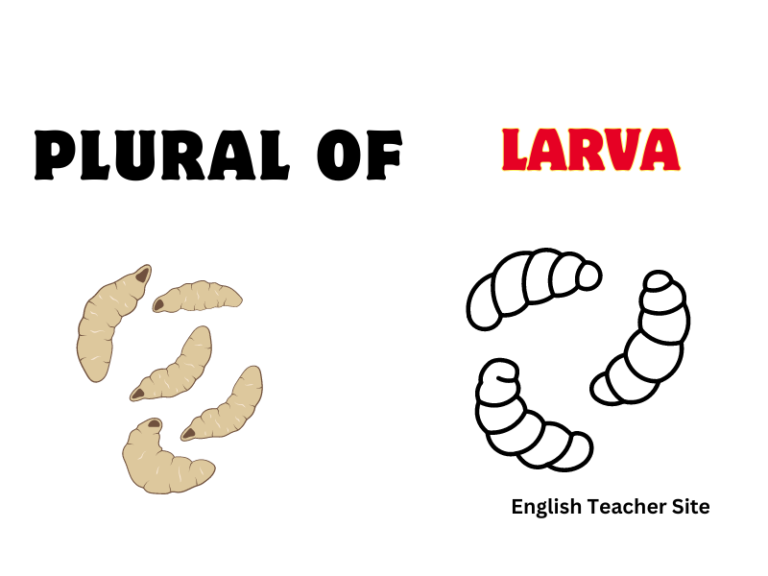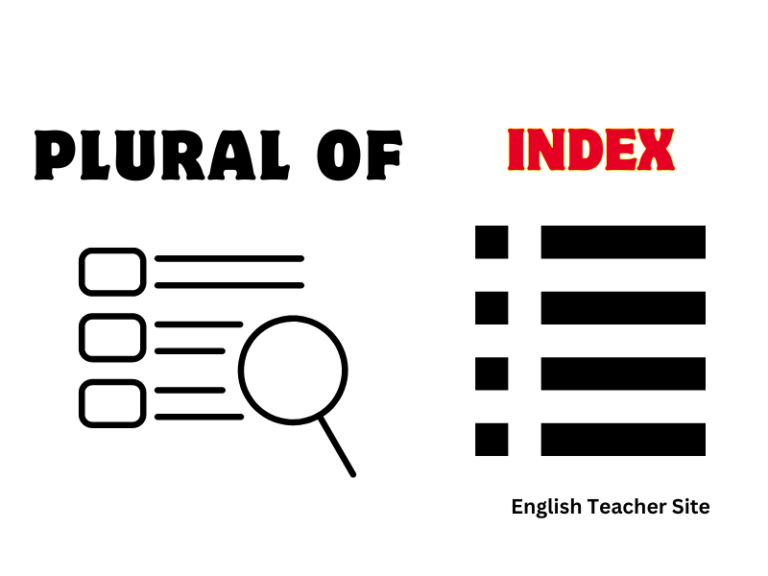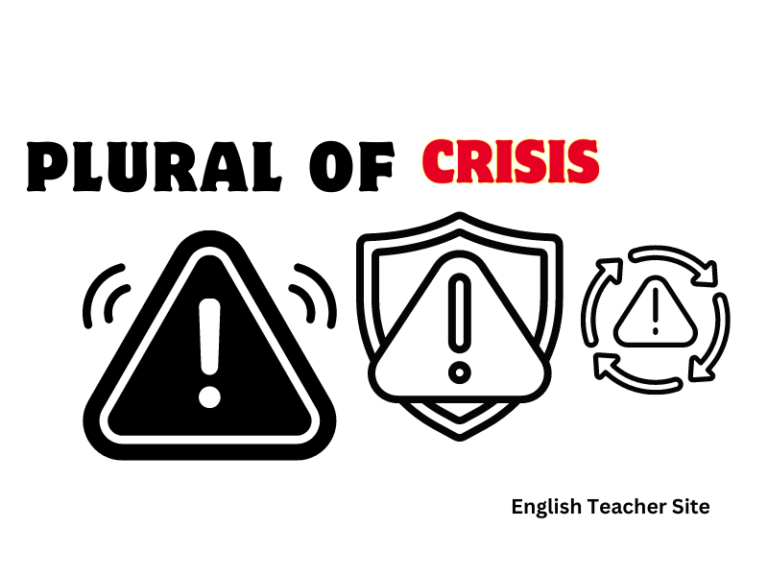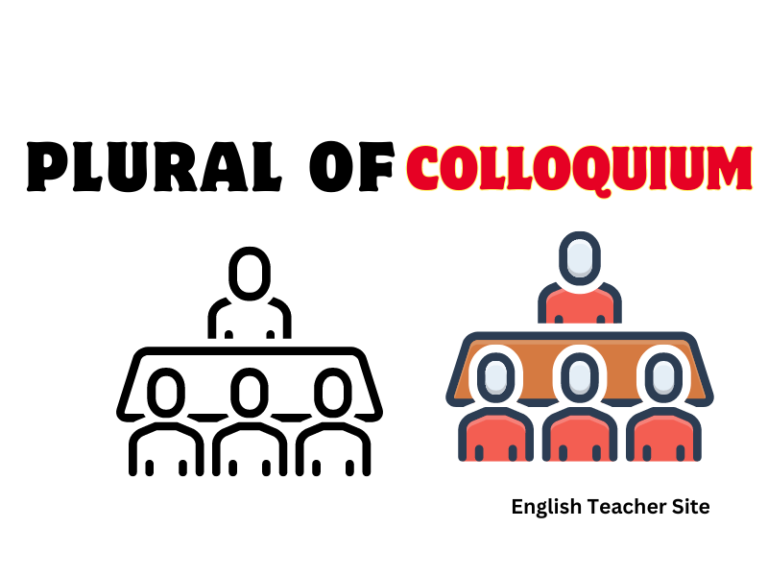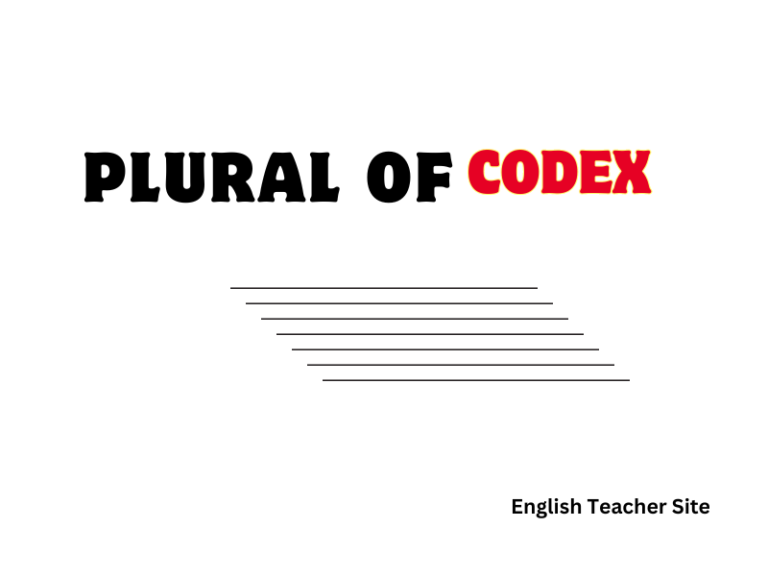The Plural of Larva: Common Mistakes to Avoid
The Correct Plural of Larva: Larvae The word “larvae” is the plural form of “larva,” a term commonly used in biological and ecological contexts. A larva refers to an early, immature stage in an organism’s development before it undergoes metamorphosis into its adult form. Examples include caterpillars in their larvae stage, or the worm-like forms…

